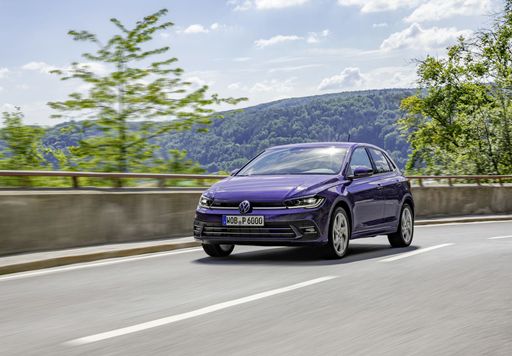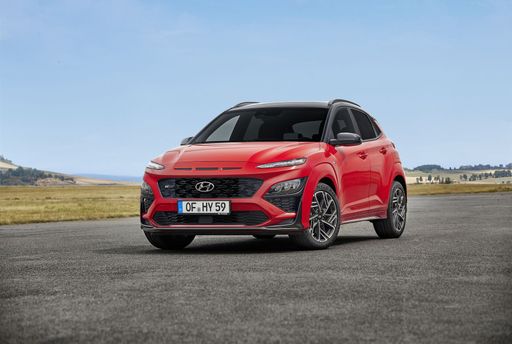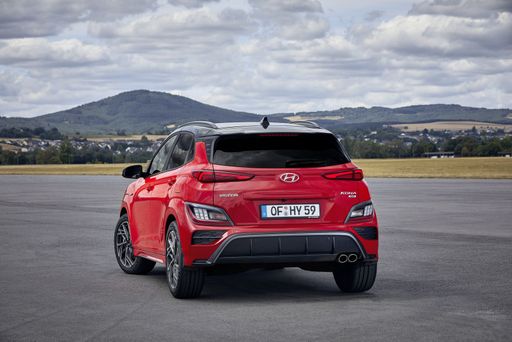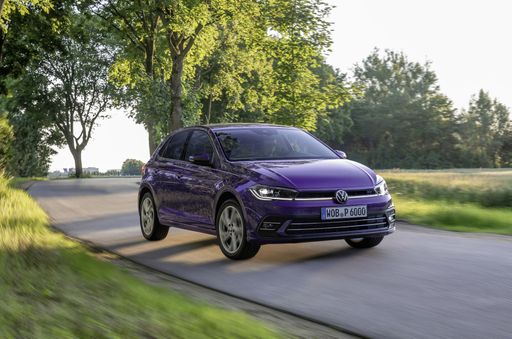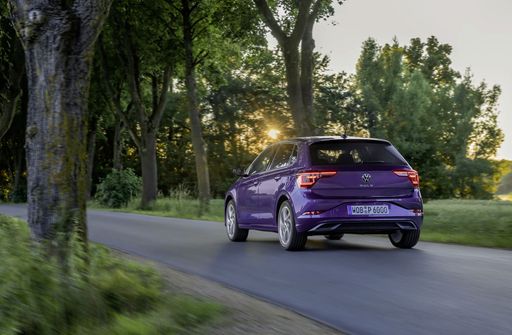Hyundai Kona vs VW Polo: A Detailed Comparison
When it comes to compact cars, both the Hyundai Kona and the VW Polo hold their ground firmly. The Kona, with its SUV styling, offers a robust set of features, while the Polo stands out in the hatchback segment with its efficiency and fun-to-drive characteristics. This article delves into the technical details and innovations of both models to help you make an informed decision.

